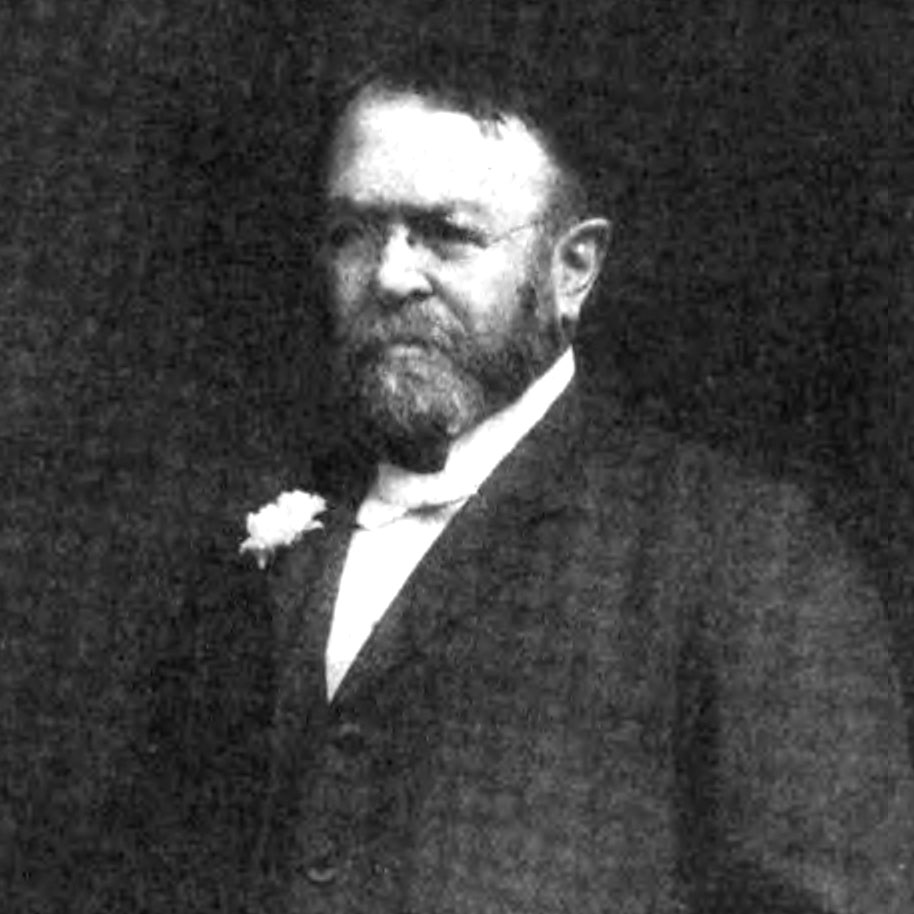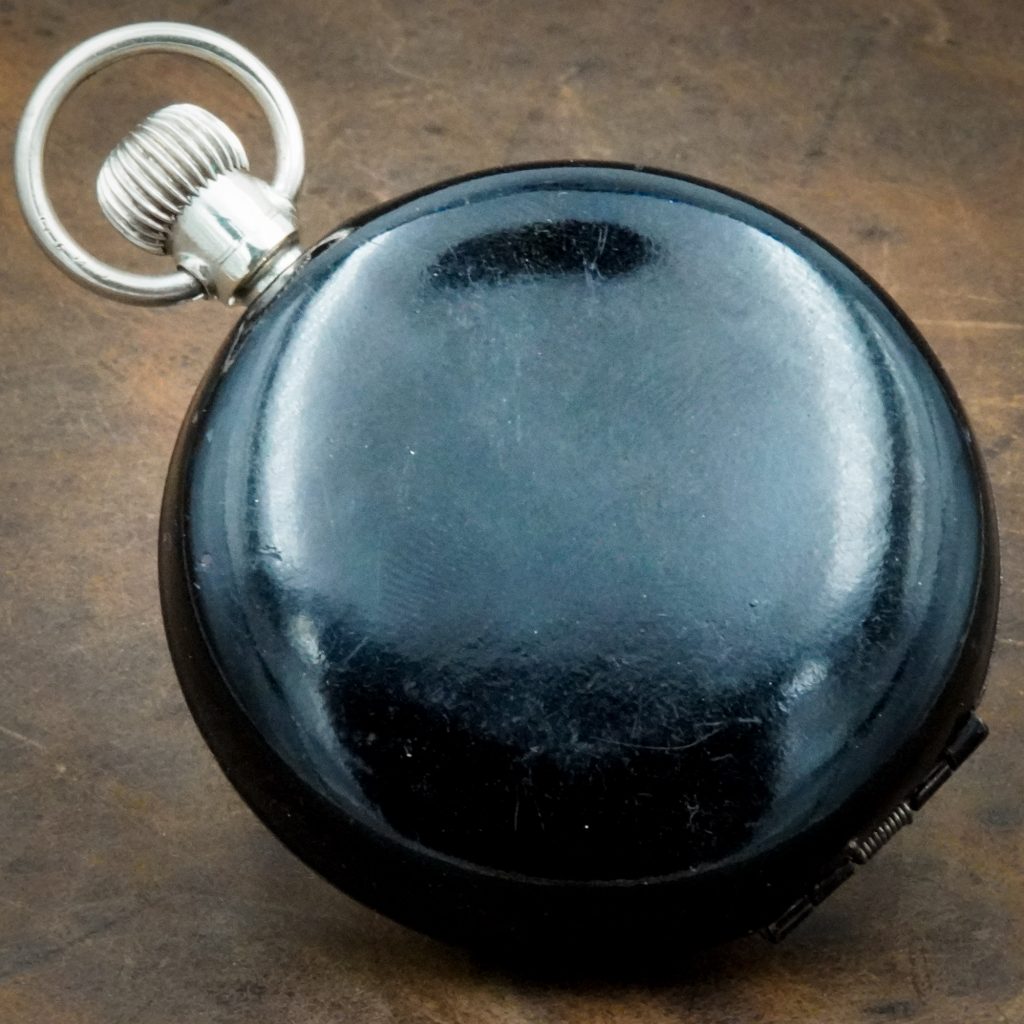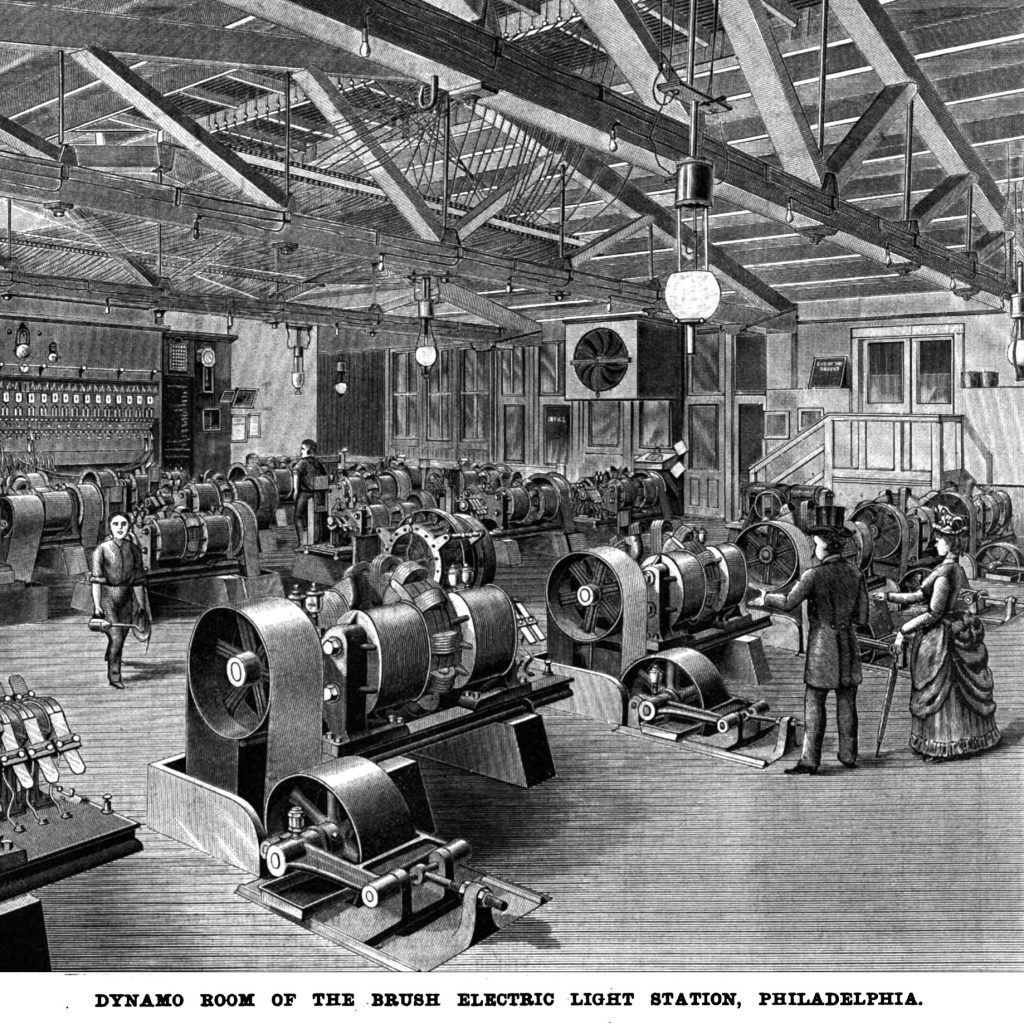

Pictured: Non-Magnetic Watch Company Advertisement, Western Electrician, January 26, 1889 As more testimonials for the Non-Magnetic Watch Company were submitted, the company featured several key endorsements in advertisements. One advertisement.
Pictured: “Paillard’s Non-Magnetic Balances” Illustrations (Theodore Gribi), Western Electrician, September 22, 1888 After non-magnetic watches and anti-magnetic shields were introduced to the market in the 1880s, the industry was flooded.

Pictured: Geneva Non-Magnetic Watch Company Advertisement, The Jewelers’ Circular and Horological Review, December 1887 [NAWCC Library] The Geneva Non-Magnetic Watch Company published an early grade list in the December 1887.
Pictured: Geneva Non-Magnetic Watch Company Advertisement, Electrical Review, September 3, 1887 In February 1887, General advertisements for the Geneva Non-Magnetic Watch Company began appearing in the United States. However, most.

Pictured: An Anti-Magnetic Shield on an Elgin 18-Size Watch, c.1890s. In the March 1888 edition of the Journal of the Franklin Institute, Professor Edwin J. Houston published a comprehensive article.
Pictured: Dynamo Room of the Brush Electric Light Station in Philadelphia, The Electrical World, February 12, 1887. In the March 1888 edition of the Journal of the Franklin Institute, Professor.







